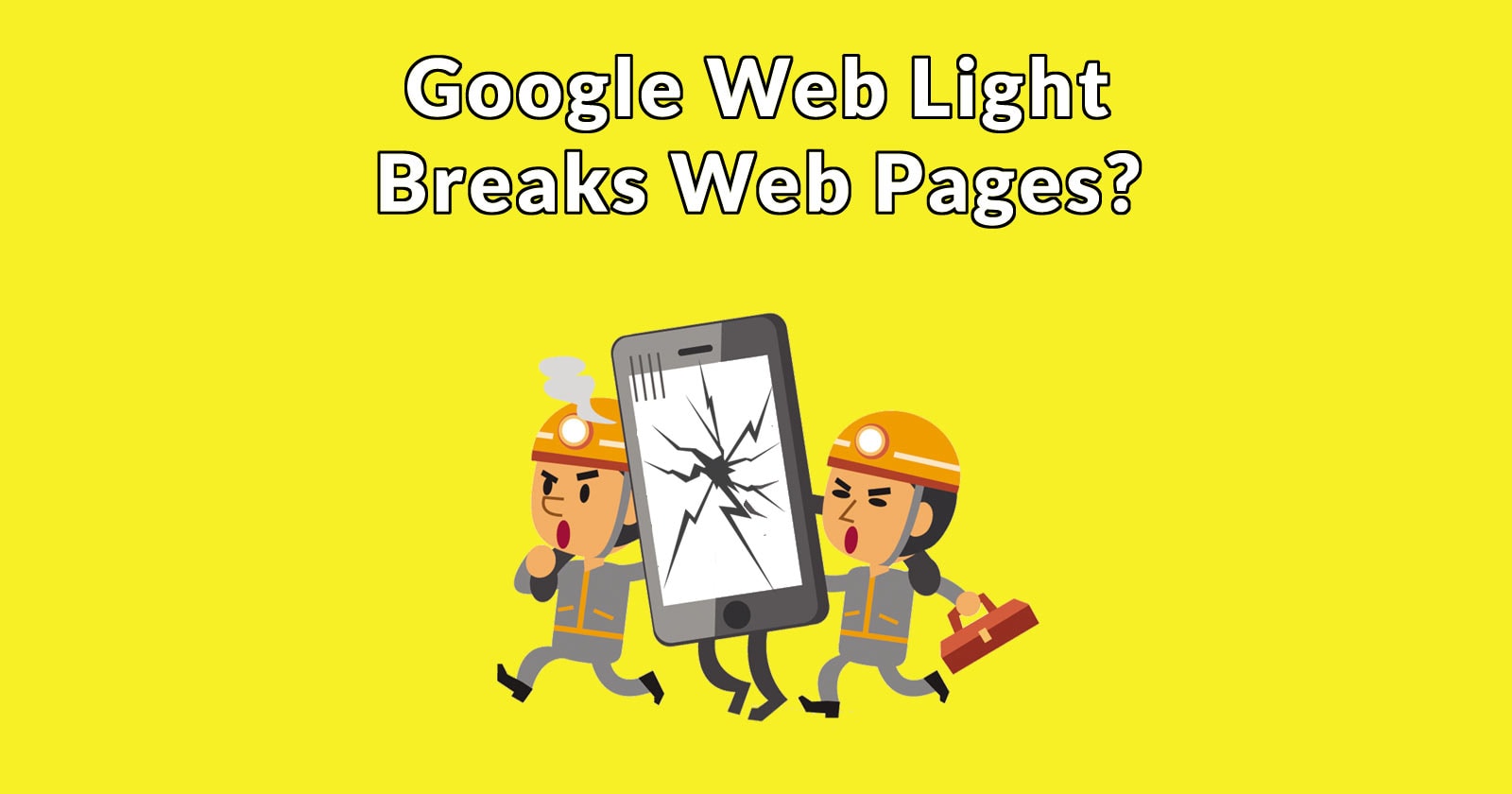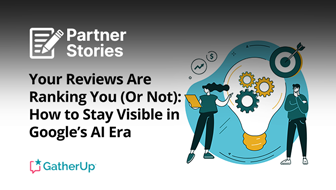Google Web Light has been around for years. But many SEOs continue to be unaware of it. When search marketers learn about Web Light their first response tends to be concern upon seeing what it does to their websites.
Web Light prompts at least five questions about how Web Light affects publishers, site audit professionals and site visitors.
- Is concern about how Web Light breaks websites justified?
- Are 2G users entitled to good navigation and web forms that function?
- Is it enough to provide the content to 2G users?
- If 2G users are important to you, should you adopt AMP to avoid Web Light?
- Should Google to do a better job at converting websites for 2G users?
Description of Google Web Light
Web Light is a service provided by Google that serves a stripped down version of web pages for users on slow Internet connections. Web Light only affects users on mobile devices.
Web Light is similar to AMP in that it removes a large amount of scripts and CSS (styling/font) formatting. It differs from AMP in that Web Light is even lighter than AMP.
This means that it will provide a faster web experience for site visitors on extremely slow mobile devices who might otherwise abandon your web page.
Google’s Web Light support page states that Web Light shows a limited amount of advertising. It also claims that this enables more people to see those advertisements, which is a win for publishers who rely on advertising, especially AdSense Publishers.
Our experiments show that transcoded sites get 50% more traffic than non-transcoded sites and we expect that this will help monetize your site.
Web Light is Good For Publishers
The intent behind Web Light is to make more of the web accessible to people who are on slow connections. Eric Enge of award winning SEO agency Stone Temple, described it like this:
“The existence of this program is just more evidence of how Google is emphasizing speed. Pages that take 10 seconds or more on a device are basically not usable (and don’t convert), so Web Light helps break down a page to its most basic content.
The technology used is called “transcoding” and that’s been around for delivering content to flip phones (2G phones) for many years. Of course, a very large percentage of the world’s phones in North America and Europe are 3G or better today.
But, it remains important to make content deliverable in other markets where many phones are 2G. There are still many 2G phones in India, and in other areas such as Africa. So Web Light serves a major market need.”
Web Light Does a Poor Job at Conversions
Web Light is well-intentioned but the truth that is somehow not discussed much is that Web Light does a poor job at converting web pages. See for yourself, open up a mobile device and navigate to this URL, replacing example.com with any web page URL: http://googleweblight.com/i?u=http://www.example.com
After reviewing what his own blog looks like when transcoded by Web Light, Eric Enge said:
The technology does not always do that great a job at converting today’s web pages.
Looking at one of our blog posts in Web Light (thanks for sharing that), I think the most troubling part of what we see is the way that the social media icons are handled. That’s pretty ugly! It would be great if Google could handle that more effectively.
The main menu is there, but dropped way down to the bottom, and from a Web Light perspective, that makes sense, as it prioritizes the content the user came looking for over navigation elements. Overall Web Light appears to do a pretty good job with our pages.
However, I suspect that a lot of people don’t look at how their site looks in Web Light, and this may be costing them conversions.
I asked site audit expert Alan Bleiweiss his opinion of Web Light and he expressed reservations about how it breaks web pages and how this might affect conversions.
Alan Bleiweiss offered this opinion:
If 1% or 3% or 5% of my visitors get force fed a Google automated stripped down version of my site… What if features that make or break brand conversion or CTA value are harmed? What if 1% of my revenue is lost? I don’t care if I get more traffic if that additional traffic doesn’t convert.
Web Light is About Trade-Offs
Web Lighted web pages can feature poor rendering of navigational elements. This makes it difficult for a user on a 2G network to get around a web site.
Short term, this is fine because the site visitor can read the web page. But this is at the expense of usability of the web site. This is the trade off inherent in Web Light.
Does Poor Web Light Rendering Matter?
Some could minimize the poor performance by stating that this is a non-issue because it generally affects users in places like Africa and India.
Does that mean it’s justified to deliver a poor user interface and jumbled navigation to users because they live in Africa and India and are on a slow Internet connection?
Eric Enge stated:
“Even if it’s only a few percentage points of such traffic, addressing it better might not be that hard to do, and it could make a difference.”
I tend to agree with Eric Enge. While Google’s Web Light does a good job of pushing content front and center, it seems that Google could improve the service by displaying navigational elements better.
Websites are Web Lighted by Default
Some web publishers have expressed dismay that Web Light is an opt-out program. That means that even though Web Light has been around for several years, a web publisher must first know about the program in order to opt out of it.
Opting Out of Web Light is Not Simple
Opting out of Google Web Light is not simple for the average web publisher. Here are the instructions for opting out:
Opting out of Web Light
If you do not want your pages to be transcoded, set the HTTP header “
Cache-Control: no-transform” in your page response. If Googlebot sees this header, your page will not be transcoded.
The most popular way to set an HTTP header cache-control is to edit the htaccess file. This isn’t a difficult thing to do for experienced web publishers. But it may be difficult for the average publisher and blogger.
Google Web Light is an Imperfect Solution
Alan Bleiweiss and Eric Enge both stated that Web Light could do better at transcoding web pages. A major area of improvement is in navigation. Web Forms also can break on Web Lighted sites, it would be good to see that functionality restored in a future version of Web Light.
Images by Shutterstock, Modified by Author





